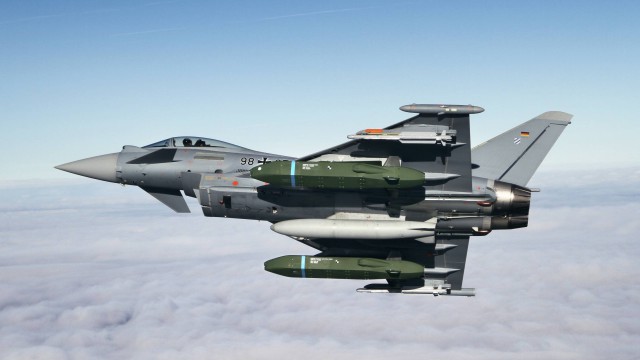T
Törölt tag
Guest
Ha alaposan megnézed a Luftwaffe hivatalos twitter fiókját tettem be.Gondolom te jobban tisztában van a Luftwaffe fejlesztési timeline-jával mint ő maguk....
nyilván ezért rendelték meg az üzemidő hosszabbítást is a Tornadóhoz
egyébként meg mivel a Tornadó SEAD feladatot is repül ezért nem árt ha a lehetőleg elég korszerű RWR rendszer van rajta...

És ott a PLAN szót használják.
De különben kösz a kérdésed. Ha jobban belegondolok, lehet, hogy tényleg jobban tudom. Tavaly áprilisban a védelmi miniszter AKK jelentette be a Tornado-k leváltását az F-18-asokkal.



 - az amerikaiakkal való konfliktust. Így rányomják az ősszel felálló új kormányra (majd 1 éve nincs végleges döntés).
- az amerikaiakkal való konfliktust. Így rányomják az ősszel felálló új kormányra (majd 1 éve nincs végleges döntés).



